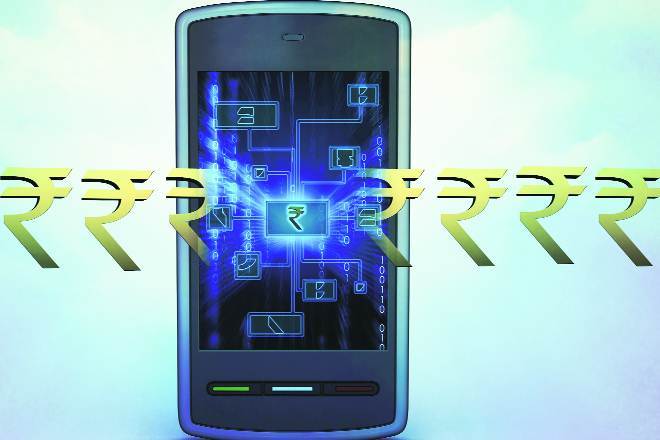For payments banks, 2018-19 turned out to be an important milestone. It was when they joined the ranks of the top 10 mobile-banking players, matching them in volumes. As Paytm Payments Bank cemented its position as the market leader in this segment of digital transactions, Airtel Payments Bank climbed up the table, leaving behind the likes of Bank of India and Kotak Mahindra Bank. New–age players, however, have a long way to go to match banks’ transaction values.
March 2019 saw Paytm account for over 19% of all mobile-banking transactions while Airtel’s Payments Bank contributed more than 5% to the 867 million transactions made during the month. In contrast, State Bank of India (SBI), the largest lender in the country by assets, recorded 145 million transactions, accounting for under 17%.
The only banks ahead of Airtel Payments Bank are SBI and the three largest private-sector banks – HDFC Bank, ICICI Bank and Axis Bank. Indeed, ICICI Bank saw close to 60 million mobile-banking transactions in March 2019 though it was just a whisker ahead of Airtel, with under 7% of the market.
Legacy banks aren’t throwing in the towel, just yet. While Paytm Payments Bank may still be leading the market but its share dropped to 19% from over 22% in March 2018. In February 2019, SBI had almost closed the gap with its new-age rival with a share of 17.6% against Paytm’s 18%.
Much of the ground Paytm has lost may have been won by HDFC Bank, whose share in mobile-banking transactions shot up to nearly 7% in March 2019 from just 1.5% a year ago.

Bankers point out that while new-age players are getting more share in the digital payments market, the legacy banks have a bigger share of transaction values. Paytm Payments Bank’s transactions aggregated Rs 20,115 crore in March 2019 – or 4.6% of the total value of mobile-banking transactions – against SBI’s Rs 1.27 lakh crore, or a whopping 29% of the market.
Besides, banks are clear that digital payments are more of a facilitator to their core business than a source of revenue per se. PK Gupta, MD – retail and digital banking, SBI, said recently that moving to digital helps banks cut costs. “It doesn’t really matter whether transactions happen on the banks’ app or a third-party app as the transaction ultimately is getting settled within the bank.As long as banks get the deposit and CASA (current account savings account deposits), it should not really matter,” Gupta observed.
Right now payments banks seem to be struggling to evolve a robust revenue-generating business model and to differentiate themselves from full-service banks. Executives at such firms say that such banks can be effective only if they fit in with their promoters’ business models. Srikrishnan H, MD and CEO, Jio Payments Bank, said at an industry event the success of a payments bank depends on what it adds to its promoter’s main business and vice versa. He added that the market in India continues to be large enough to support the new crop of banks in addition to their older competitors. “There is an 80%-plus of India’s retail payments (market) which is waiting to be disrupted and digitised. Where will the commercial banks ever reach this level with their physical distribution and technology?” he said.


